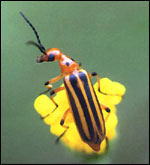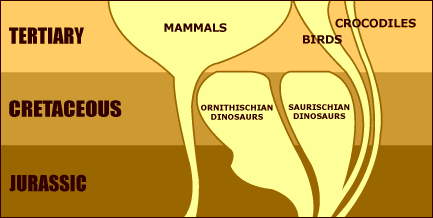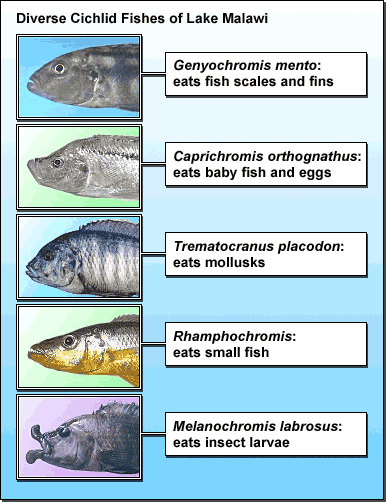An adaptive radiation generally means an event in which a lineage rapidly diversifies, with the newly formed lineages evolving different adaptations. Different factors may trigger adaptive radiations, but each is a response to an opportunity.

The evolution of a key adaptation
A key adaptation usually means an adaptation that allows the organism to evolve to exploit a new niche or resource. A key adaptation may open up many new niches to an organism and provide the opportunity for an adaptive radiation. For example, beetle radiations may have been triggered by adaptations for feeding on flowering plants.
Release from competition/vacated niches
Lineages that invade islands may give rise to adaptive radiations because the invaders are free from competition with other species. On the mainland, other species may fill all the possible ecological niches, making it impossible for a lineage to split into new forms and diversify. On an island, however, these niches may be empty. Extinctions can also empty ecological niches and make an adaptive radiation possible. For example, open niches vacated by dinosaur extinctions may have allowed mammals to radiate into these positions in the terrestrial food web.

Specialization
Specialization may subdivide a single niche into many new niches. For example, cichlid fishes have diversified in East African lakes into more than 600 species. This diversification may have been possible because different fish lineages evolved to take advantage of different foods (including insects, algae, mollusks, small fish, large fish, other fishes’ scales, and even other fishes’ eyes!).

Learn more about adaptive radiations in context:
